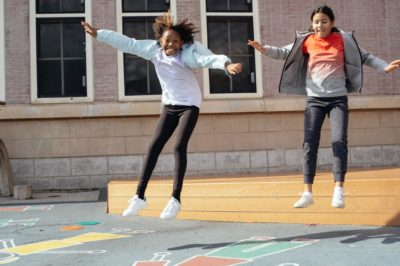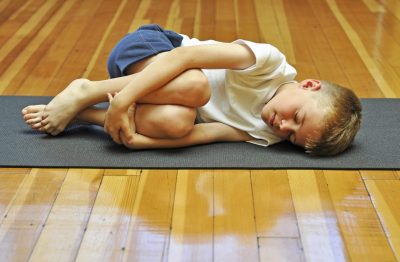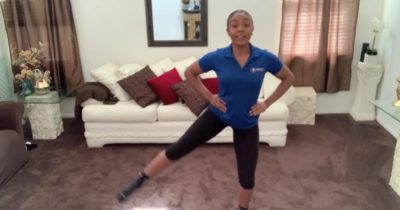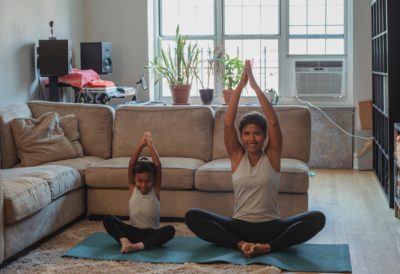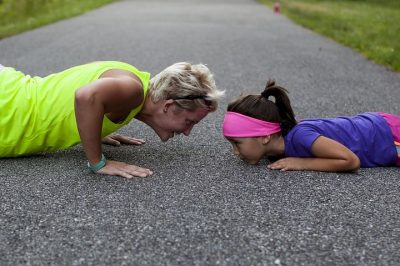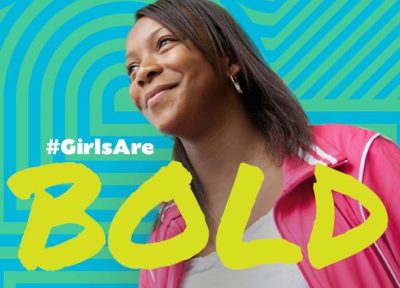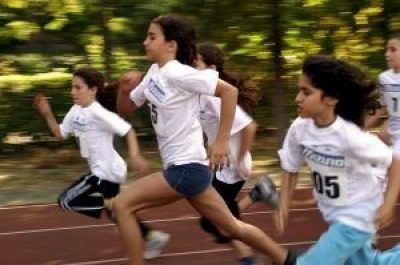Breakfast Club Blog

The BOOST Breakfast Club Blog is a curated space where bloggers from around the world contribute content on a continual basis about a variety of topics relevant to in and out-of-school time. The BOOST Breakfast Club blog is at the heart of an ongoing dialogue where expanded learning and education professionals share their personal thoughts and stories from the in and out-of-school time field. They also tell us what they ate for breakfast!
The BOOST Breakfast Club Blog is Brain Food for In and Out-of-School Time Leaders!
Interested in becoming a blogger? Email breakfastclub@boostcollaborative.org
Click here to Register for a free account or click here to Login to your existing account.
Making Fitness Fun in After-School Programs
Exercise is an essential part of a healthy childhood and young adult life, and after-school programs are encouraging America’s youth to get moving and build healthy lifestyle habits. While working out and exercising are crucial for a child’s well-being, it can be challenging to find activities that kids actually enjoy. After-school program directors have to work extra hard to create an exciting and unique curriculum for kids. In this article, we dissect the reasons that exercise is so critical f...Read More
Our Kids Are Stressed Out – 5 Ways to Empower Youth To Find Their CALMM
Focus, Pay Attention, Sit Still, Listen, Follow Directions… Just a few phrases youth are bombarded with on a daily basis whether it’s coming from their parents, teachers or other adults in their lives. As adults it can seem as if our words go in one ear and out the other and that children lack attention, motivation and behavior is something they have immediate control over or is an intentional response. Our kids Are Stressed Out – Empowering Youth to find their CALMM In my years as an educationa...Read More
Tips And Tricks To Make Exercise Fun For Kids
There is nothing like the feelings of elation and accomplishment after exercising, but too many people never get there because they never get started in the first place. If exercising is daunting, then often, it gets avoided. When kids fall into this category and avoid exercise, then you may need to breakthrough resistance and find ways to overcome obstacles. How do you reach these kids so that they experience the joy and benefits of exercise? Make it fun. If You Build It, They Will Come Made fa...Read More
5 Move and Groove Breaks for the New Year
Are you ready to add some movement and joy to your trainings and meetings this year? If so, this short article is for you. As programming and conferences have shifted to virtual formats, many of us are spending a lot more time in front of our screens. In the digital world, it can be extra challenging to feel connected and engaged. So, how can we create impactful learning experiences while also working towards daily physical activity goals? Add a “move and groove” physical activity break to your ...Read More
You May Sputter, But You Must Start
When I was in high school, my dad tried to teach me how to drive a stick shift. I like to think I’m really good at it… once I’m in like third gear. Once I’m cruising, driving a stick makes me feel so accomplished—like some kind of race car driver, like a really good driver. Once it’s easy. But getting started? That’s an entirely different story. The perfect coordination of movements required in getting a stick shift from neutral to first gear—the dance between the clutch and the brake that must ...Read More
Knowing My Why Is The Root Of My Success
In 2008, I got the courage to start my own professional development company. I have been designing my purpose for this company for the last 11 years. “Dignity of Children believes that all children are born with inherent dignity. They have a right to be loved, nurtured, and valued. Children and youth deserve to be kept safe. They are entitled to a proper education. Children thrive when adults understand their developmental needs, recognize their strengths, and foster their resilience. To evoke t...Read More
“Treat Yourself,” Simple and Healthy Ways to Celebrate
As we head back-to-school, I hope you’re making time to recover from a busy summer and practice self-care. This summer, I’ve tried to slow down a bit, unplug from technology when I can and enjoy reading a book – yeah, one made of paper! My favorite summer read has been The Deepest Well. It explores the impact of childhood adversity and the steps to take to counter those experiences. Like many people in America, I scored high on the Adverse Childhood Experience (ACE) questionnaire; now I’m findin...Read More
The Science and Art of Helping Kids Love Physical Activity
Creating a physical activity program for grade schoolers that engages all children involved is both a science and an art. The science of child development, motivational psychology, and human behavior help us create an enriching program. The art of creating a fun, play-like, inclusive environment gets all kids excited to participate. Using imaginative, play-based activities to introduce critical developmental skills is a perfect culmination of the art and science behind getting kids to enjoy bec...Read More
An Instant Activity Blueprint to Get All Kids Moving
It’s a fact. Kids need physical activity. Frequent physical activity has been linked to a variety of positive developmental outcomes for kids, including improved health, cognition, and even behavior. As “fitness mentors” it’s important we provide kids ample opportunities to be active throughout the day. While this sounds good in theory, the time, space, and equipment we have available to inspire kids to be active may be limited. Not to mention, we can quickly run out of ideas as little bodies an...Read More
#GirlsAre Builders, Explorers and Adventurers
This month the Alliance for a Healthier Generation and the Clinton Foundation are joining forces to inspire a new generation of strong active women. Girls are fierce, but we know that by age 14, girls drop out of sports two times faster than boys and less than 50% of 12-15 year old girls get the recommended amount of physical activity. To celebrate #GirlsAre, I reached out to nine leaders who are helping to flip this script. This group of nine are builders, explorers and adventurers, stretching ...Read More
How More Play Leads to More Learning (Part 3)
In this 3-part series we will explore how more play, creative expression, and movement can lead to more cognitive development. The link from body to brain is powerful, so getting kids to move more and study a little less throughout the day may seem counterintuitive, but it may actually lead to better grades and even improve behavior! In part 3 we will discuss how specific forms of exercise affect brain development. If you missed them, see Part 1 and Part 2. The idea of stepping back from acade...Read More
- 1
- 2
